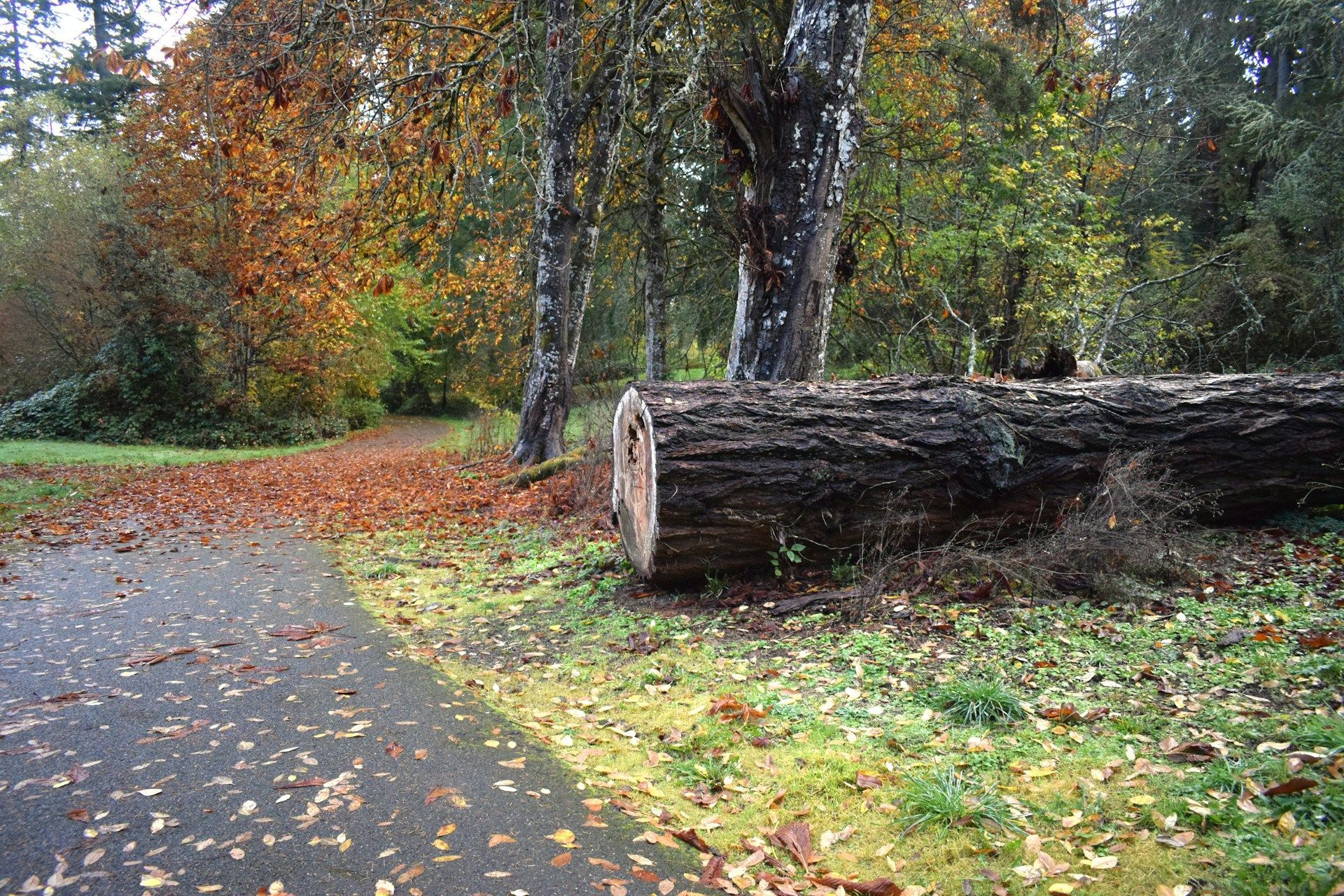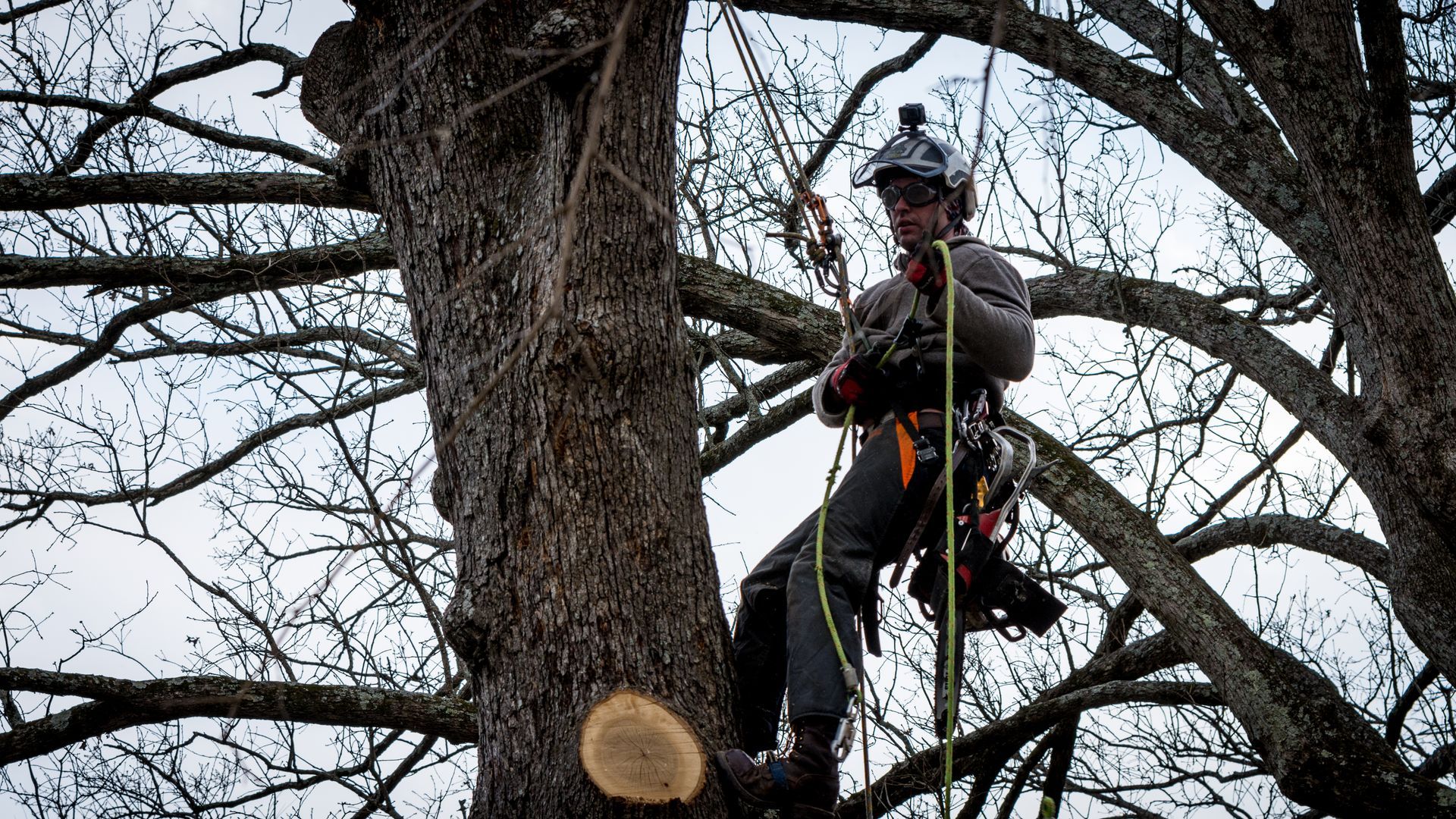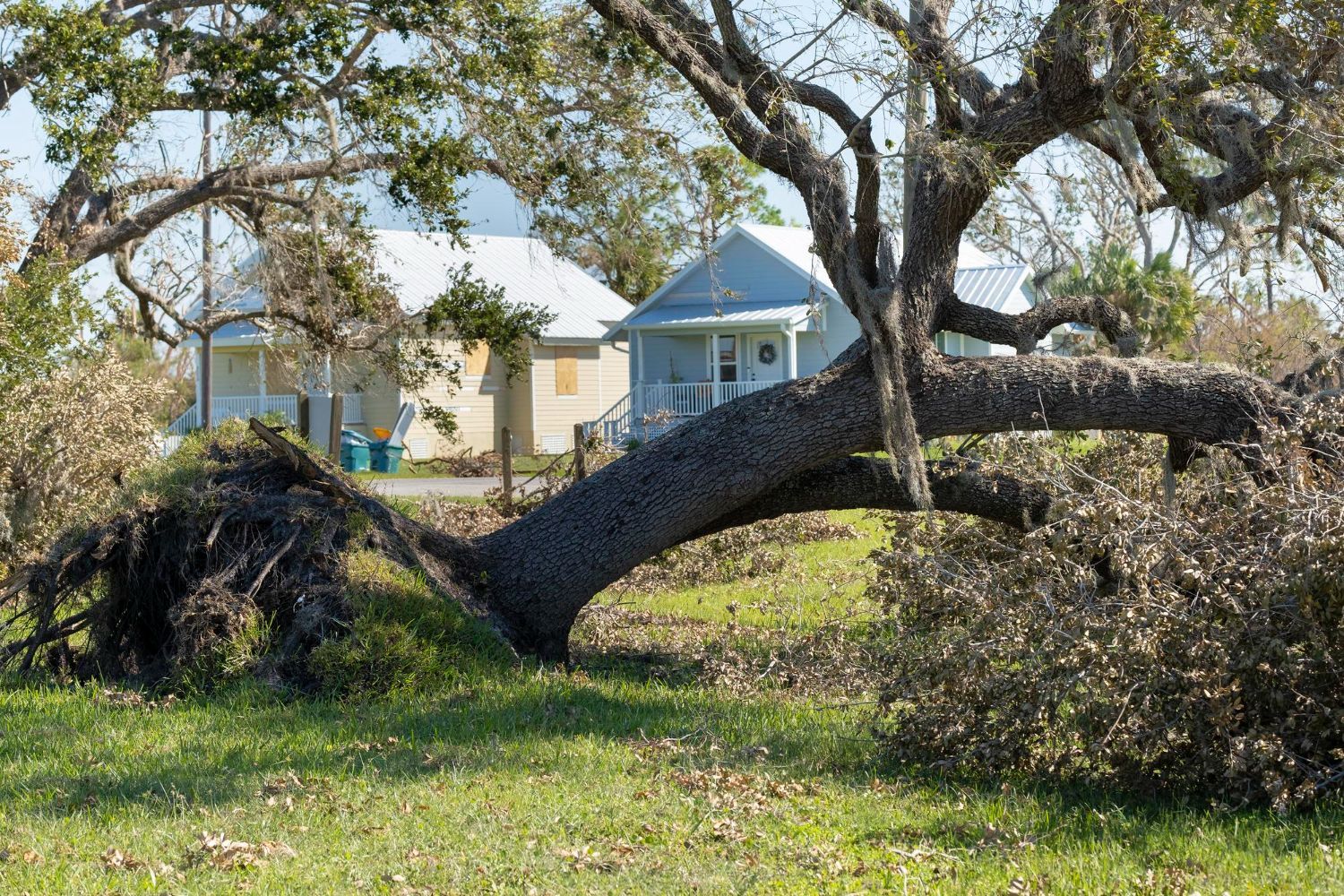Effective Tree Maintenance Tips To Avoid Storm Damage
Storms can change the landscape of your property in the blink of an eye, particularly when it comes to the trees around your home. Without proper care, these towering giants could turn hazardous, leading to significant damage. Imagine the aftermath of a storm where a tree has lost its stability, possibly damaging your house or power lines. That's why preparing your trees is essential in keeping both your landscape and home safe.
Taking proactive steps in tree maintenance helps keep them healthy and reduces the risks associated with storm damage. Regular care and attention to their needs can prevent problems before they start. Whether it's through timely pruning or routine health inspections, the simple steps you take today can save you from hefty repair costs tomorrow.
Regular Inspections
Regular checkups for your trees are key to maintaining their health and preventing minor issues from becoming big problems. It's wise to get a professional to inspect your trees periodically to ensure they're in great shape. A trained eye can spot issues that an untrained eye might miss.
Here’s a checklist of what to look for during these inspections:
- Weak Branches: Be on the lookout for branches that appear frail or brittle. These branches are more likely to break during strong winds.
- Cracks or Splits: Any visible cracks in the trunk or major limbs can indicate structural weakness.
- Leaning Trees: Notice if any trees are leaning more than usual. This could signal root damage or imbalance.
- Dead or Dying Foliage: Healthy leaves are a good sign, while dead or discoloured leaves often indicate stress.
By keeping these common issues in mind, you can take steps to address them early. A neighbour once discovered several weak branches on her oak tree during a routine check. By addressing them promptly, she avoided what could have been a big problem during a summer storm. Regular inspections pave the way for necessary maintenance actions, ensuring that trees remain strong and resilient, ready to withstand whatever nature throws their way.
Proper Pruning Techniques
Pruning isn't just about keeping your trees looking neat; it's a key part of helping them withstand storms. Well-pruned trees have less wind resistance, making them less likely to blow over during a storm. By trimming away dead or overgrown branches, you're also helping the tree grow stronger and more balanced.
Start by focusing on the branches that cross each other or look dead. These can be the first to break off in high winds. Always use sharp tools to make clean cuts, as ragged edges can make trees more prone to disease. While some may suggest all pruning should be done in the late winter, maintaining your trees year-round means you can address any urgent concerns as they arise.
Soil Care And Watering
Healthy roots are like the anchor for your trees, and good soil gives roots the support they need. Soil that's too compact won’t let water or air reach the roots. You can keep soil loose by occasionally aerating it, which helps water and nutrients seep deeper down.
Trees need a regular watering schedule, especially in the hotter months. Here’s a quick guide on when and how to water:
- Water early in the morning or late in the evening to prevent evaporation.
- Aim for deep watering once a week rather than light watering every day. This encourages deep root growth.
- Keep the soil moist but not waterlogged. Too much water can lead to root rot.
Giving your trees the right amount of water keeps them grounded and more likely to withstand strong weather.
Utilizing Tree Supports And Bracing
In some cases, you'll find trees that need a little extra help to stand firm. Tree supports and braces can be a great solution, especially for young or newly planted trees. These tools help trees grow straight and provide stability against the wind.
Here's when you might consider using supports:
- Trees that lean more than usual.
- Newly planted trees that aren’t yet strong enough to stand alone.
- Trees with a heavy upper canopy that might need extra balance.
Choose appropriate supports, like stakes or guy wires, that won’t damage the bark. Just be sure not to attach them too tightly and reassess their need annually. This kind of maintenance can prevent a small sapling from becoming a storm casualty, ensuring it grows into a strong, mature tree.
Ongoing Tree Care
Trees, like any other part of your landscape, thrive on consistent care. By incorporating these maintenance steps into your regular yard routine, you'll be extending the life of your trees while keeping your property safe.
Dedicate time each season to inspect your trees and address any issues early. Pay attention to soil health and ensure your trees are properly hydrated. Encourage strong growth with the right pruning techniques. Lastly, provide physical support to trees that need it. These efforts collectively make a significant impact on how well your trees withstand extreme weather. Implementing these practices safeguards your trees and enhances the safety and aesthetic of your entire landscape, offering peace of mind when storms roll through.
To keep your trees healthy and resilient throughout the year, it's important to maintain them with care and precision. For dependable assistance with your trees' needs, contact Barrie Tree Care Pros. Our team stands ready to offer the expertise of
tree care experts. Learn more about the best practices to keep your landscape safe and thriving, especially during unpredictable weather.











